In Melbourne, Australia, Sibling Architecture embarked on a transformative project in 2021 to revitalize RMIT University’s public realm, breathing new life into previously under-utilized spaces. Through their intervention at Rodda Lane, the project aimed to create a vibrant and inviting environment, enriching the campus experience for students and visitors alike.
Reimagining Laneway Precincts
The project focused on the laneway precinct within the RMIT city campus, strategically connecting various disjointed spaces between Bowen, La Trobe, and Swanston Streets. With a keen emphasis on reflecting RMIT’s culture and honoring the site’s rich heritage, the design sought to unify these spaces while enhancing student amenity.
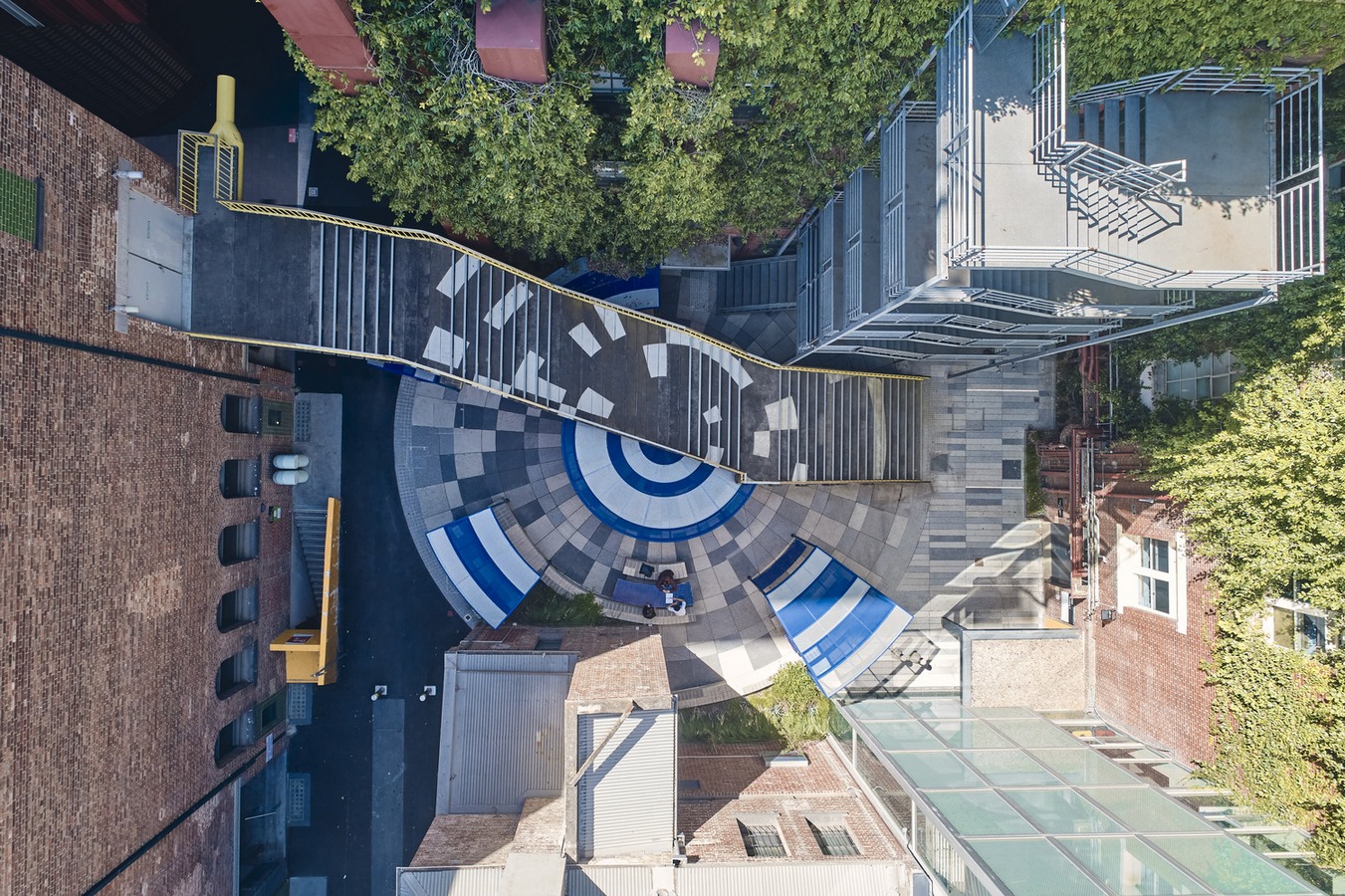
Courtyards as Social Anchors
Central to the design response were two courtyards serving as focal points for social activity. Custom seating, pergola-like shade structures, and enhanced lighting were integrated into these spaces, fostering outdoor engagement and community interaction. Narrow laneways with impressive vertical volumes were adorned with new seating and lighting, creating dynamic environments for students to gather.
Bridging City and Campus
Drawing inspiration from Melbourne’s quintessential laneway experience, the project seamlessly extended the city’s fabric into the university environment. A cohesive design palette featuring hues of blue, light grey, and white was employed to establish a sense of place and unity, reinforcing users’ attachment to the campus.
Wayfinding and Safety
The project prioritized legible orientation and safety, incorporating directional paving patterns and lighting to guide movement and enhance perceptions of safety. Custom perforated shade structures and seating loops further encouraged exploration and social interaction while providing clear wayfinding cues.
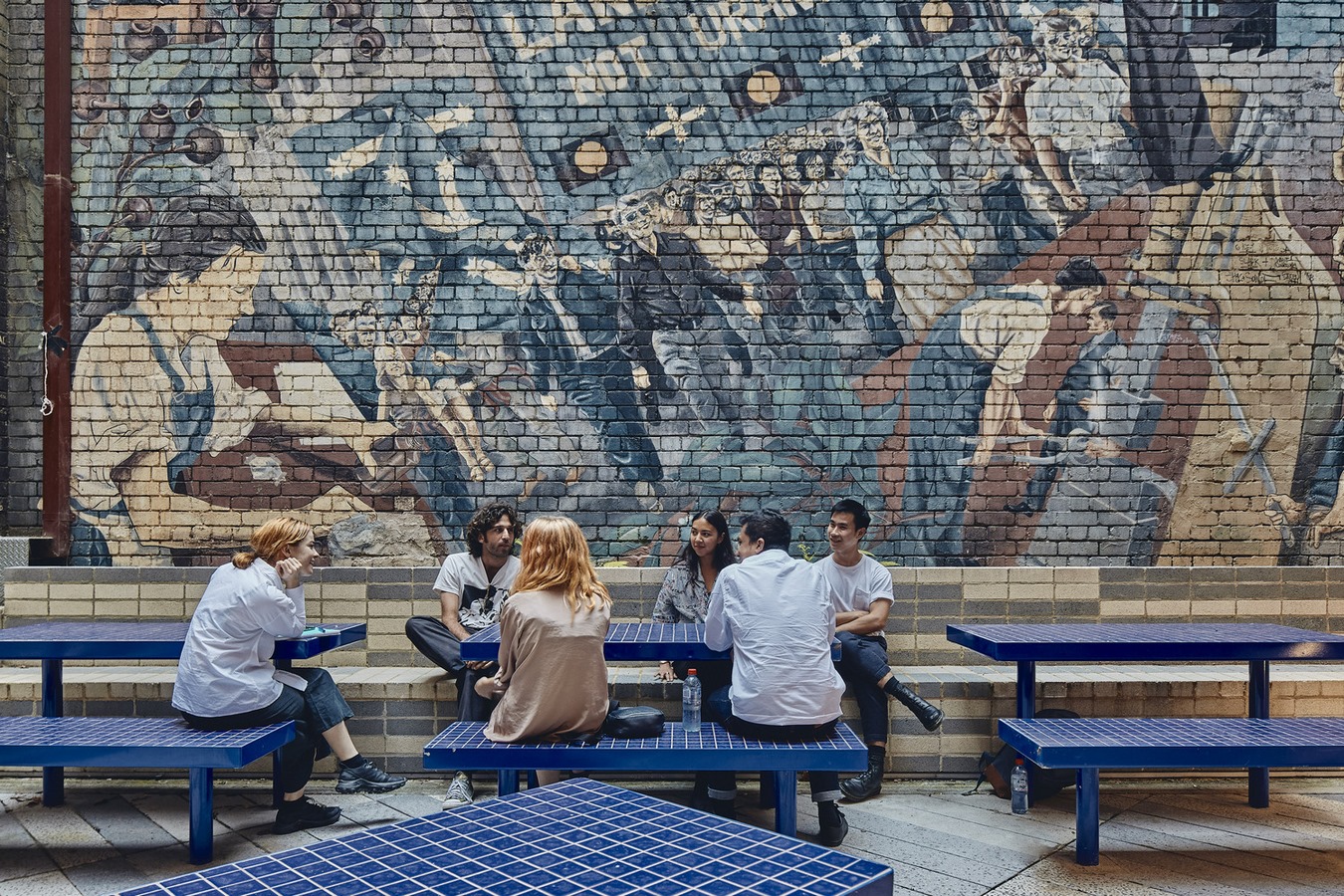
Materiality and Long-Term Value
Utilitarian, durable, and low-maintenance materials were chosen to ensure long-term value for the client. The project aimed to create an activated public domain, improve campus safety, and enhance the outdoor student experience while fostering meaningful connections between the campus and the city.
Importance of Shared Spaces
In the wake of the COVID-19 pandemic, the project underscored the significance of shared public realm spaces within university campuses. By creating inclusive outdoor environments, the project aimed to strengthen the sense of community and cohesion among students, contributing to a more enriching on-campus experience for all.


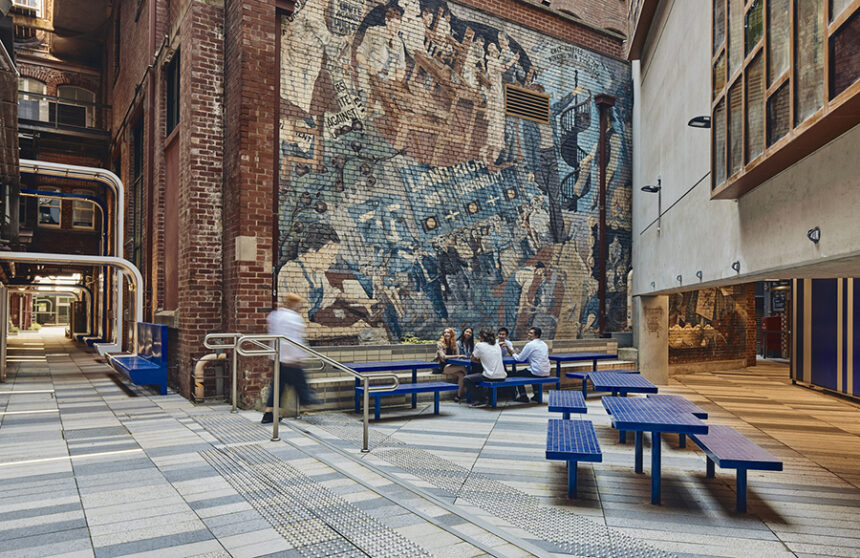
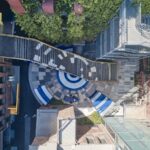
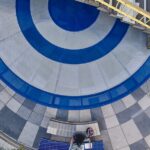
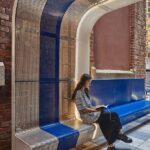
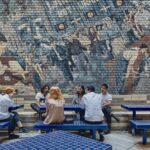
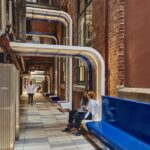
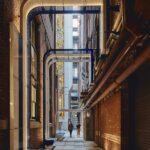
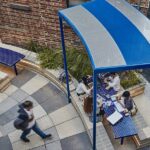
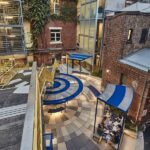
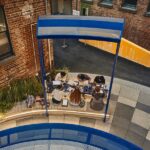
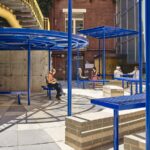
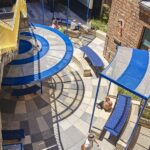
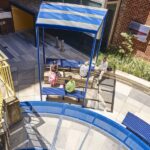
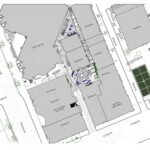
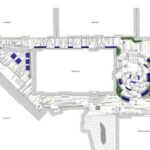
Leave a Reply